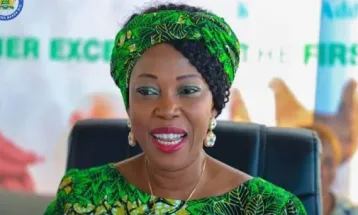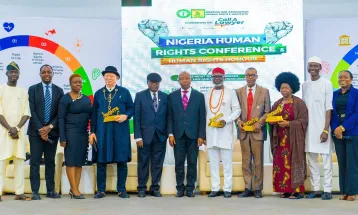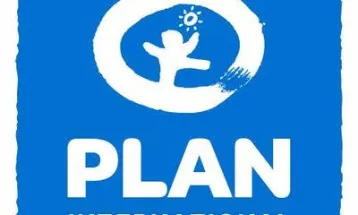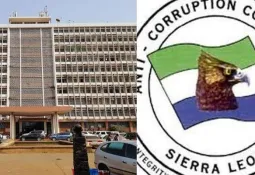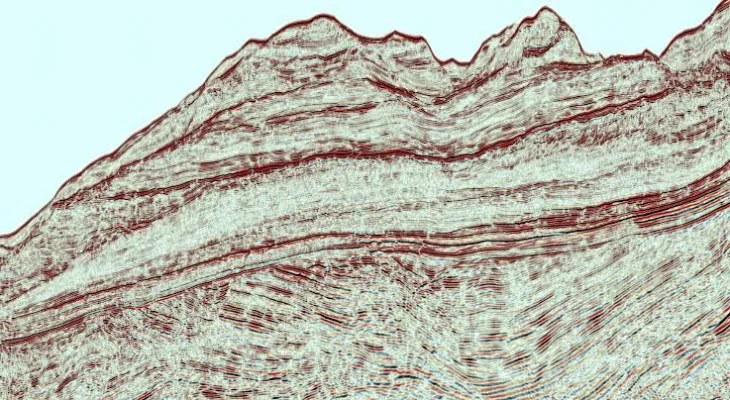
Sierra Leone: TGS Enhances 3D Seismic Data to Boost Offshore Exploration Potential
TGS has announced an upgrade to its Fusion 3D seismic dataset for offshore Sierra Leone, with a particular focus on the Vega prospect.
This reprocessing project applies advanced imaging techniques to enhance depth data, providing clearer insights for oil and gas companies exploring the area or considering future concessions. Interest in this region has grown, spurred by recent discoveries in South America, positioning Sierra Leone as a promising new exploration area.
The Vega prospect stands out as a significant target in Sierra Leone's offshore waters, where improved depth data will aid in detailed mapping, advancing towards potential drilling operations.
So far, eight wells have been drilled in Sierra Leone’s continental slope, targeting submarine fan systems with viable reservoir qualities across different stratigraphic levels. There is untapped potential in several basin-floor fans in the northern Sierra Leone Basin, a region shaped by geological events that created a syn-rift plateau with suitable drilling depths.
Building on its previous projects in Sierra Leone, TGS’s reprocessing work includes approximately 7,500 square kilometers of 3D seismic data and 16,000 line kilometers of 2D Pre-Stack Depth Migrated data, supported by gravity, magnetic, and interpretive datasets.
"Sierra Leone has the geological potential to emerge as a key exploration area in Africa. With available acreage, favorable terms, and the high-quality Fusion 3D data, the exploration outlook is promising," said David Hajovsky, TGS Executive Vice President of Multi-Client. "TGS is dedicated to supporting Sierra Leone's energy sector and to attracting investments that will strengthen Sierra Leone's position in the global energy market, working closely with the Petroleum Directorate of Sierra Leone (PDSL) and other stakeholders to maximize benefits for all."
The final results from this project, funded by industry partners, are expected by the third quarter of 2025.



